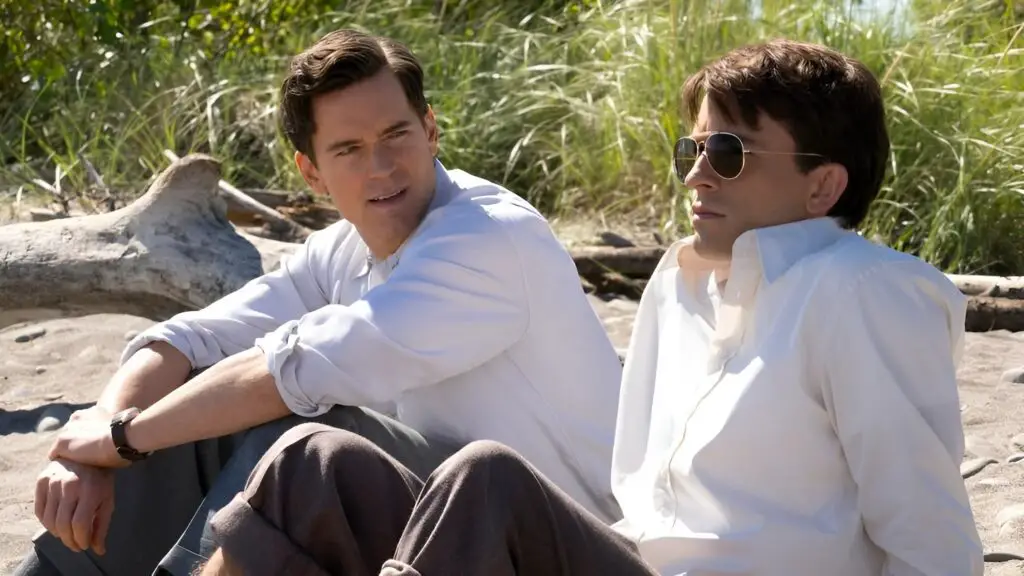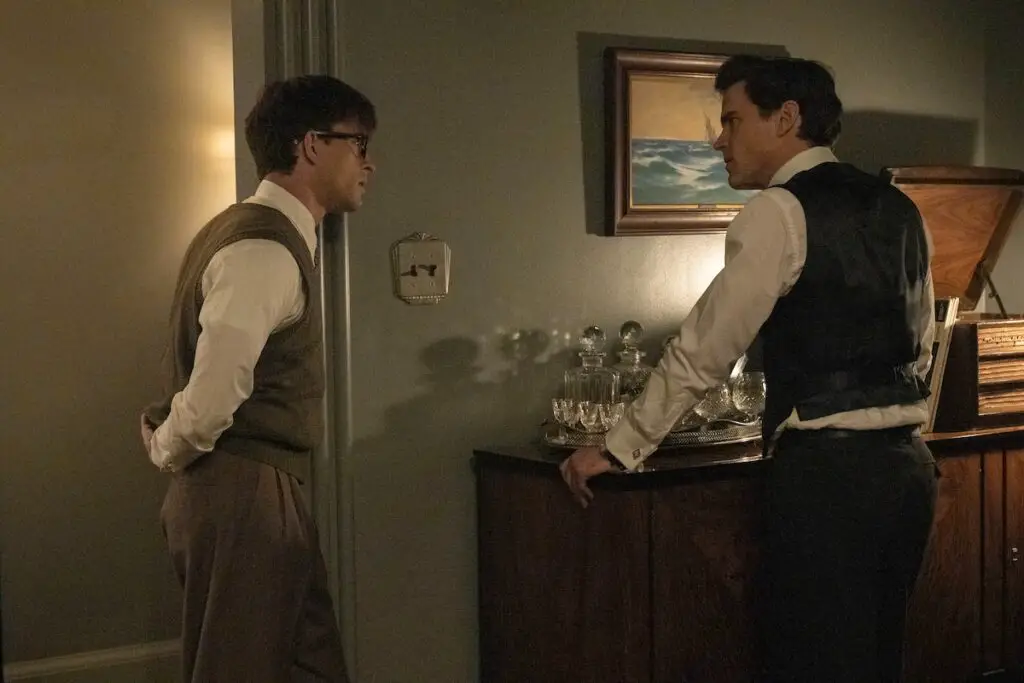In an age where representation takes the forefront of cultural discussions, the cast and crew of the Showtime series “Fellow Travelers” have come together to share their intimate connections with the queer history portrayed in their project and the personal journeys that informed their performances.
The series, which follows the lives of two men embroiled in the political and social upheavals of the 1950s onward, has not only created a tapestry of on-screen representation but has also fostered an environment of kinship among its cast. Actors like Matt Bomer and Jonathan Bailey, who play the central couple, have expressed the importance of trust and safety in portraying the complex and heated dynamics of their characters’ relationship, set against the backdrop of a time when their love was not just taboo but outright dangerous.
Off-screen, this connection translated into a strong sense of community among the actors, with Bomer taking a lead role in ensuring a supportive environment, as Jelani Alladin, who portrays journalist Marcus Hooks, attested. This “found family” approach not only aided in the actors’ portrayal of their characters but also reflected the broader LGBTQ+ community’s historical reliance on chosen family structures for support and survival.
However, the series doesn’t shy away from the darker periods of queer history. As detailed in the discussions, “Fellow Travelers” delves into the Lavender Scare, a time when thousands of gay men and lesbians were purged from government jobs. The series illuminates the personal costs of this policy, not only in careers destroyed but lives irrevocably altered, as outed individuals faced ostracism and worse.
Navigating the Shades of Representation and Reality in Queer Storytelling

The narrative of “Fellow Travelers” does more than recount history; it reignites the conversation about the portrayal of LGBTQ+ lives in media. The series creators, including Ron Nyswaner, have been praised for their authentic depiction of the era’s challenges. Yet, they also face critiques for a portrayal that some argue veers towards a singular narrative of queer misery, with relationships fraught with power imbalances and the specter of societal condemnation.
These criticisms highlight the fine line “Fellow Travelers” walks in its storytelling. While the series is commended for its raw and genuine depiction of love and sexuality within the queer experience, there’s a call for more nuanced presentations that embrace the full spectrum of queer joy and resilience, not just the trials.
Despite these critiques, “Fellow Travelers” has resonated with audiences for its aesthetic craftsmanship and the heartfelt performances of its cast. The series stands as a testament to the progress and ongoing struggles within the queer community, echoing the sentiment that while much has changed since the McCarthy era, the fight for acceptance and equality continues.


